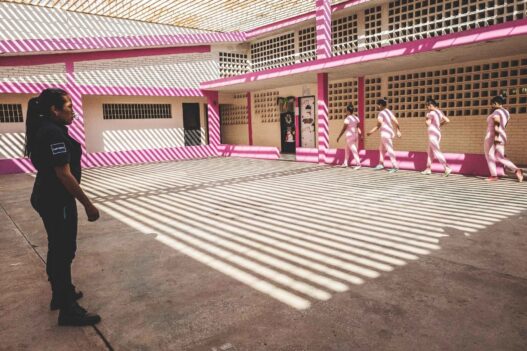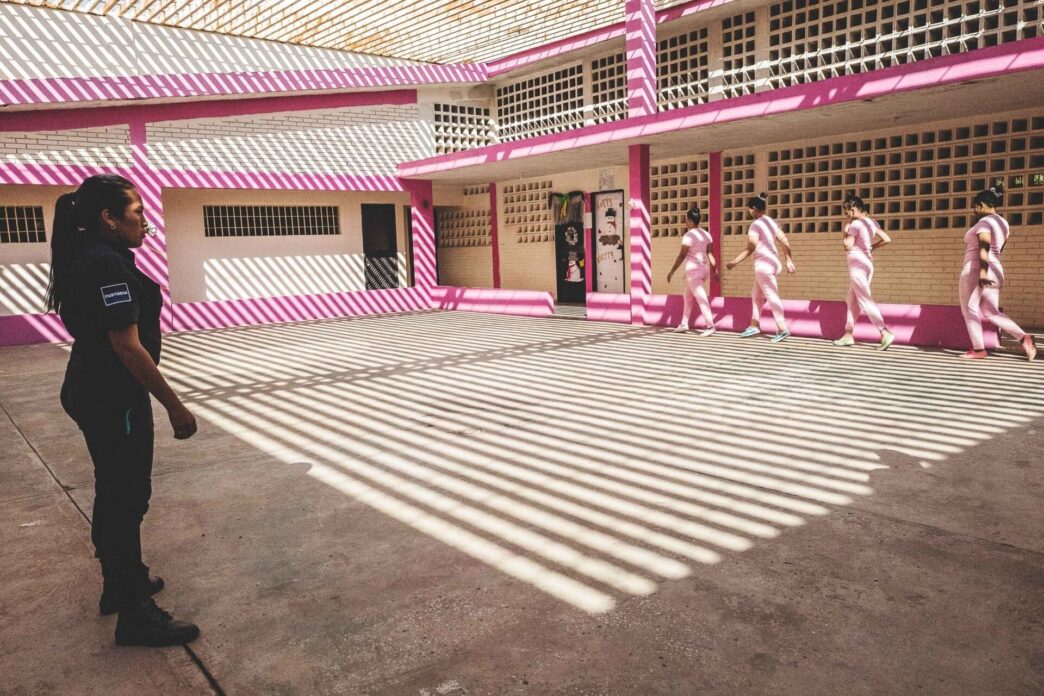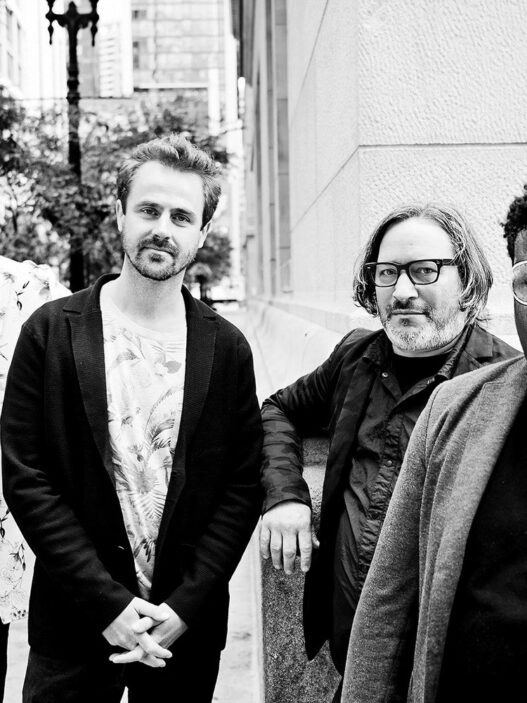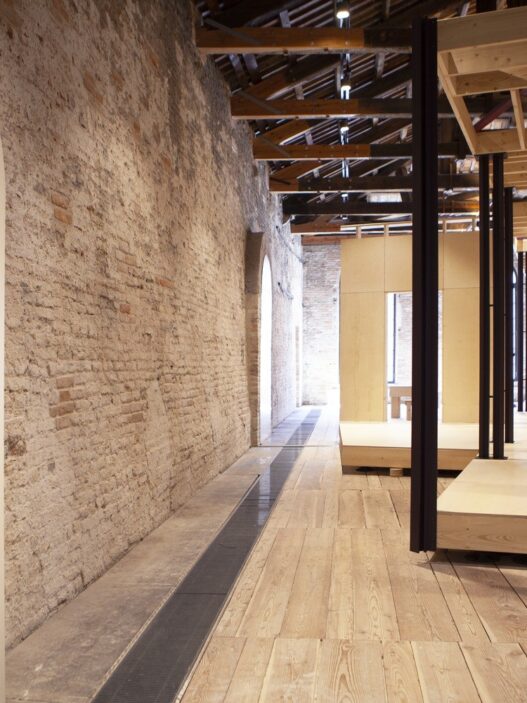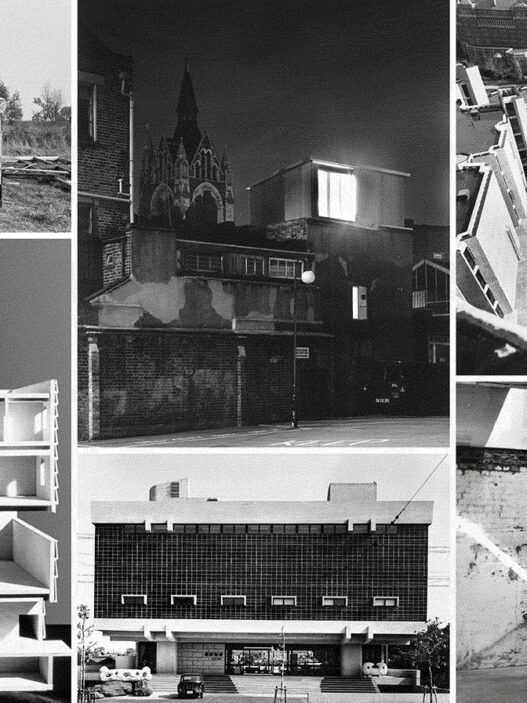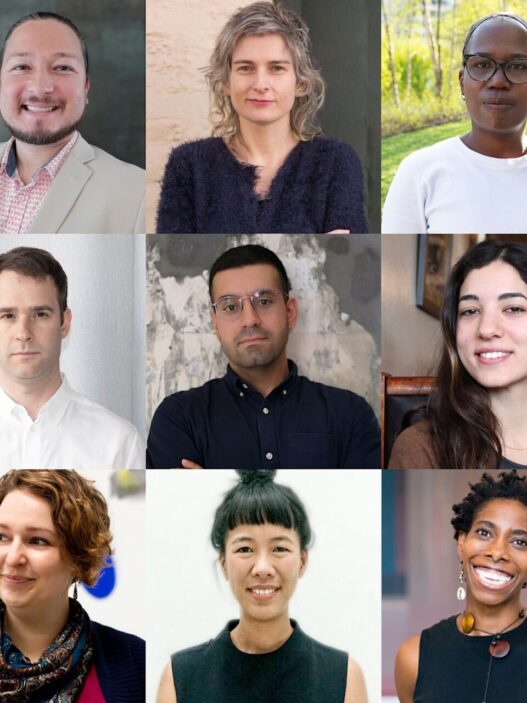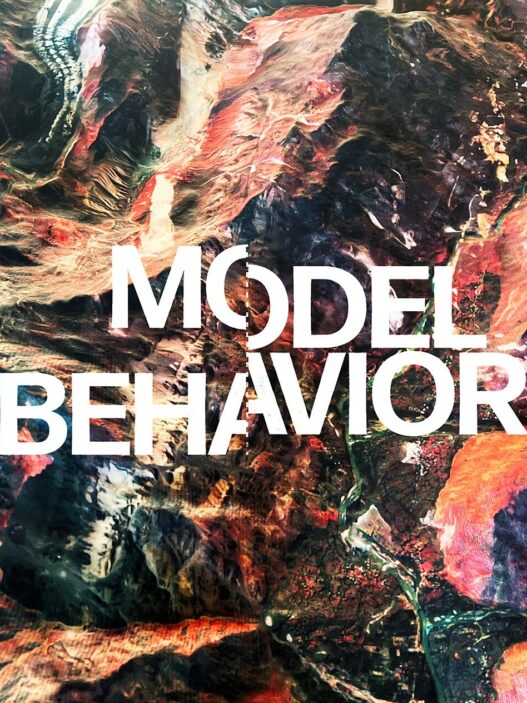September 16, 2022–February 5, 2023
“Writing a poem, or singing or dreaming it, means consenting to this unverifiable truth: that the poem in itself is contemporary to the first brasiers on Earth” –Édouard Glissant, Philosophie de la Relation, (Paris: Gallimard, 2009).
Since 2019, we have learned that the only way to respond to artworks that no longer challenge the status of the world is to take the risk of a joyous radicality that has its origins in the “first brasiers on Earth” in order to create a new world.
Since the late nineteenth and early twentieth centuries, attempts have been made to contrast the brutality of reality with the macho brutality of the avant-garde. The encounter between these two terms—”tenderness” and “subversion”—imposes itself as the obvious conclusion to this long period of agony. An hymn to violent conquest and all kinds of unquenchable passions, it is a race to annihilation. Destroy art, so that art can be reborn from its ashes. Shock the bourgeoisie so that it finally jolts awake.
Sincerity dictates that notwithstanding how noble the endeavor was, it had no lasting effect on the world’s voracity for its copy, which persisted for many decades. In many ways, the world still feels fragile, and art is destined to become “image” after having been “commodity.”
Tenderness is the “quality of that which is tender; said of the youngest age”, Le Littré French dictionary tells us, and in a second definition of the term: “delicacy of forms”. To this second meaning, the dictionary cites Bossuet (Connaissance, IV, 2) “No chisel, no tower, no paintbrush can approach the tenderness with which nature turns and rounds off its subjects.” The dictionary specifies at this moment in the definition that it is a “Fine arts term. Formerly used for the softness, delicacy, and lightness of the paintbrush, or chisel.” For our purposes, it is essential to note that the acceptance of the word tenderness is not to be understood in its usual sense.
Everything hinges on the moment when the collision between the two terms “tenderness” and “subversion” becomes fertile, in the sense that subversion is connected to its natural origin, as is once again suggested in Le Littré. But what, then, does it mean to subvert? The term is etymologically derived from the Latin subvertere, from “sub”, beneath, and “vertere”, to turn. To act, below.
We now reach the point where the paths converge. snooping into reality “underneath,” changing its meaning while being sensitive. acting from the beginning and always reminding oneself that radicality necessitates that we remember the very beginning.
Perhaps we could, as the philosopher Marie-José Mondzain invites us to do, “allow the visible to float in its indeterminacy, consent to hearing the plaintive or joyous murmur of things, perceive the countless unpredictable and contradictory vibrations of all that surrounds and supports us…” The exhibition attempts to pave the way for this new typology of art and architecture.
Artists: Ana María Arévalo Gosen, Alice Diop, Clarisse Hahn, Anne Houel, Anna Ponchon, Anila Rubiku, Takk (Mireia Luzárraga & Alejandro Muiño), Laure Tixier, Elvira Voynarovska, Madelon Vriesendorp & Teri Wehn-Damisch.
Curators: Abdelkader Damani.
Frac Centre-Val de Loire
88, Rue du Colombier
45000 Orléans
France
Hours: Wednesday–Sunday 2–7pm
presse@frac-centre.fr









